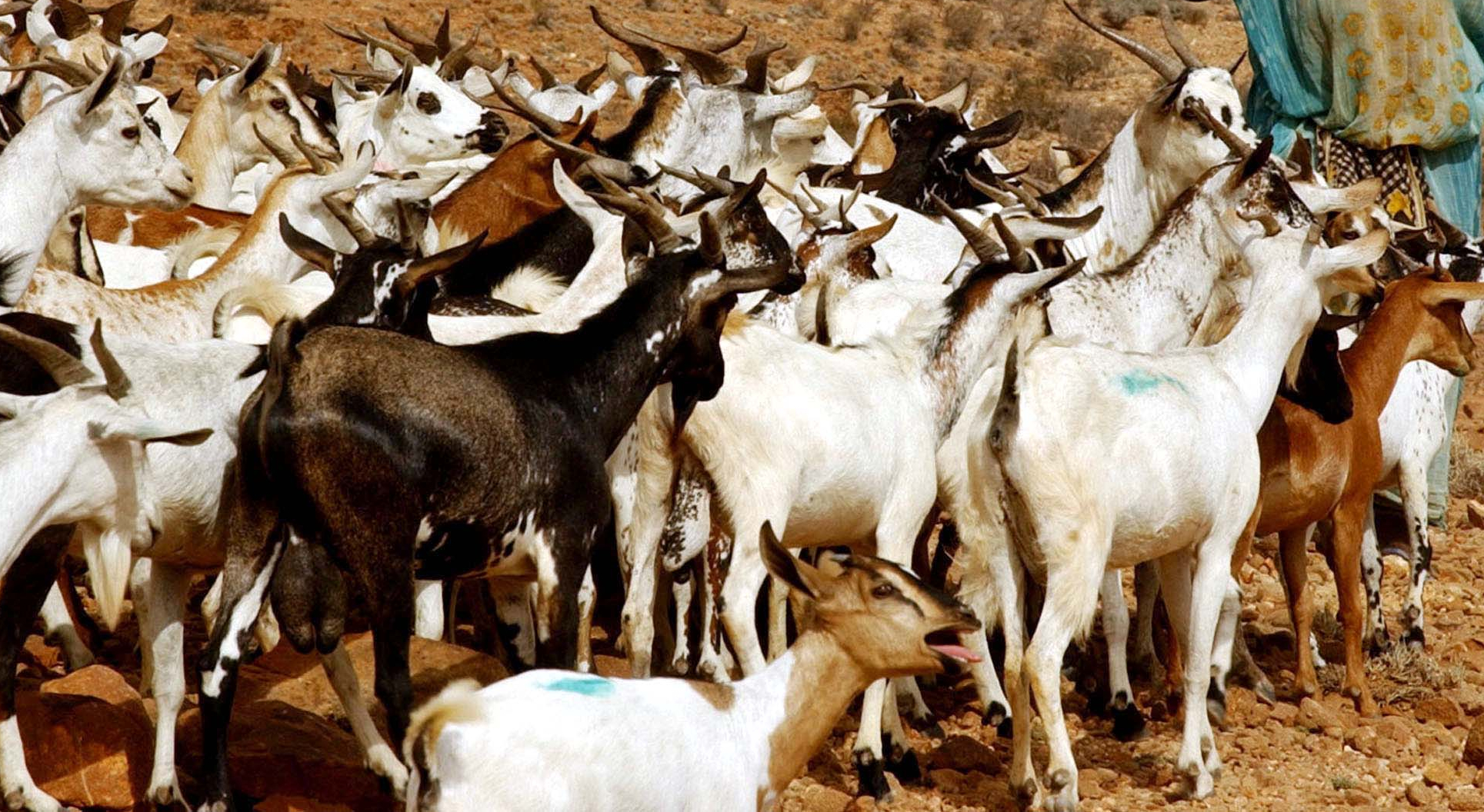Agriculture in Djibouti on:
[Wikipedia]
[Google]
[Amazon]
Agriculture is the third economic activity in Djibouti which makes up only 3 percent of the wider economy value. Djibouti depends on imports in most foods. Climatic conditions and poor soils limit farm output, and domestic food production meets about 15% of demand. 10% of the Djiboutian workforce are employed in agriculture.
 In the year 1999, the amount of vegetation that was produced in Djibouti was about 23,000 tons. Agriculture consists of growing of tomatoes in the country that is usually for the purpose of household utilization and the
In the year 1999, the amount of vegetation that was produced in Djibouti was about 23,000 tons. Agriculture consists of growing of tomatoes in the country that is usually for the purpose of household utilization and the
 Which dedicated to irrigated agriculture, under 2% of the land is arable and about 60% is suitable for grazing livestock. Most arable land is in the Tadjourah Region, and the
Which dedicated to irrigated agriculture, under 2% of the land is arable and about 60% is suitable for grazing livestock. Most arable land is in the Tadjourah Region, and the
{{Africa topic, Agriculture in Agriculture in Djibouti, Economy of Djibouti
History of agricultural development
 In the year 1999, the amount of vegetation that was produced in Djibouti was about 23,000 tons. Agriculture consists of growing of tomatoes in the country that is usually for the purpose of household utilization and the
In the year 1999, the amount of vegetation that was produced in Djibouti was about 23,000 tons. Agriculture consists of growing of tomatoes in the country that is usually for the purpose of household utilization and the date palm
''Phoenix dactylifera'', commonly known as date or date palm, is a flowering plant species in the palm family, Arecaceae, cultivated for its edible sweet fruit called dates. The species is widely cultivated across northern Africa, the Middle Eas ...
s are also produced along the coastal fringes of the country.
Djibouti's harsh climate does not support much variety in the flora. The production in the area of agriculture is limited to a certain extent. The official figure that was given in 1991 for employment in agriculture was about 75 percent of the total employment. Farm animals have always received greater importance in comparison to farming and agriculture, which consists of vegetables and fruits. The agricultural products of Djibouti include goats, animal hides, camels and sheep.
Land use and irrigation
Mabla Mountains
The Mabla Mountains (variants: Monti Mabla, Monts Mabla) are a mountain range in the northern Obock and Tadjoura Region of Djibouti. The endemic Djibouti spurfowl makes its home here as well as in the Forêt du Day. With a mean height of 1370 m ...
near Obock
Obock (also Obok, aa, Hayyú) is a small port town in Djibouti. It is located on the northern shore of the Gulf of Tadjoura, where it opens out into the Gulf of Aden. The town is home to an airstrip and has ferries to Djibouti City. The French ...
. The highest parts of Goda Mountains
The Goda Mountains lie northwest of the Gulf of Tadjoura, Tadjoura Region in Djibouti. They rise to above sea level and are the nation's largest heavily vegetated area and is the second highest point in Djibouti. The name Goda in Afar means "twis ...
receive 300–500 mm of rain annually, and the adjacent area, north of the Mabla Mountains, receives 200–300 mm. Central and Southern Boura Mountains and Arta Mountains
The Arta Mountains, also known as the Great Mountains of Arta ( so, Buuraha Carta) are a mountain range in Djibouti. They sit at an average elevation of above sea level, is the tenth highest point in Djibouti. The mountains lie to the south of the ...
average 150 to 250 mm.
Fishing
Djibouti has a coastline of of and a maritime area of at the crossroads of the Red Sea andGulf of Aden
The Gulf of Aden ( ar, خليج عدن, so, Gacanka Cadmeed 𐒅𐒖𐒐𐒕𐒌 𐒋𐒖𐒆𐒗𐒒) is a deepwater gulf of the Indian Ocean between Yemen to the north, the Arabian Sea to the east, Djibouti to the west, and the Guardafui Channe ...
. Djibouti's fishing catch was 503 tons by 1981, and 2296 in 2014. Most fleets were located on the eastern coast near Djibouti City.
Although there is no a large-scale fishery in Djibouti and it does not have a big role in the economy, there exists a subsistence-level fishing that is locally important in some rular communities. The present contribution of fisheries to the economy is less than 0.1%, it can be raised substantially to around 5% if the projections are realised.
Statistics
Geographic coordinates: Area: Land: Water: Coastline: Contiguous zone: Exclusive economic zone: Territorial sea: Climate: Desert, dry Terrain: Coastal plain and plateau separated by central mountains Natural resources: potential geothermal power, gold, clay, granite, limestone, marble, salt, diatomite, gypsum, pumice, petroleum Land use: Arable land: 0.1% Permanent crops: 0% Permanent pastures: 73.3% Forests and woodland: 0.2% Other: 26.4% Irrigated land: Natural hazards: earthquakes, droughts, occasional cyclonic disturbances from the Indian Ocean which bring heavy rains and flash floodsReferences
External links
{{Africa topic, Agriculture in Agriculture in Djibouti, Economy of Djibouti